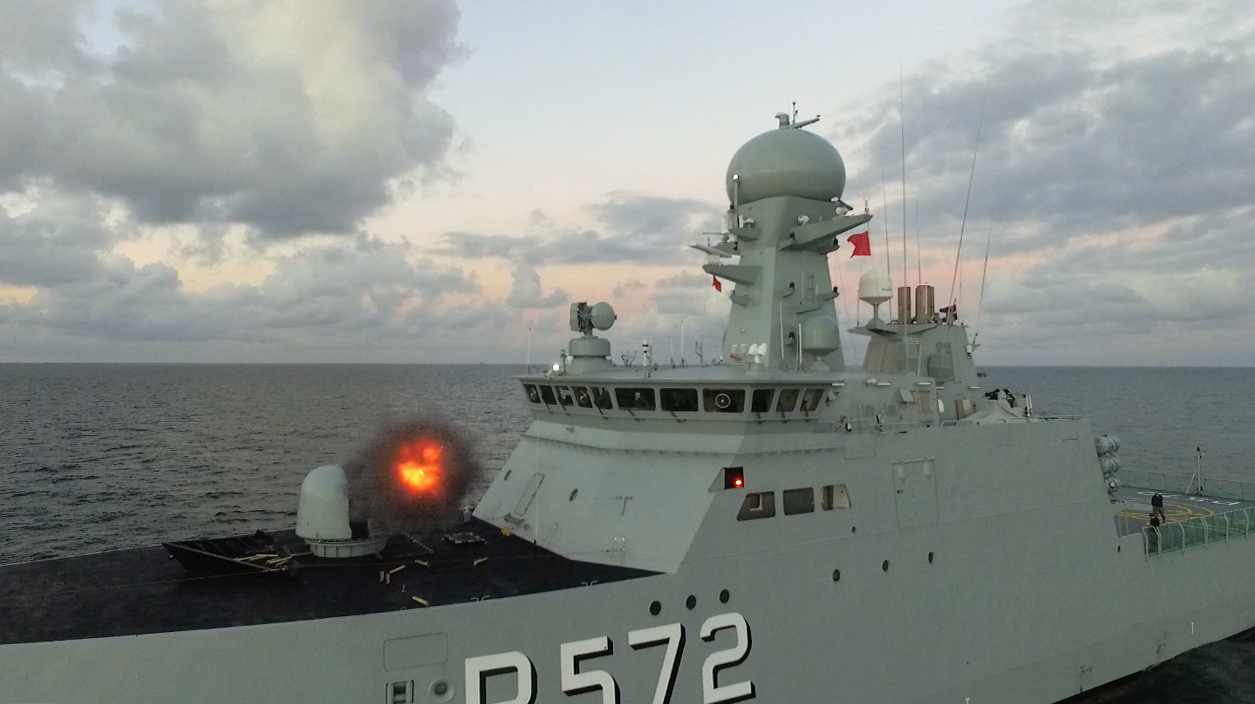Third Danish Arctic patrol ship begins sea trials

Denmark’s navy has received the third of a planned three ships specifically designed to patrol the waters off Greenland and the Faroe Islands.
Once sea trials are completed later this year, the HDMS Lauge Koch, built at an estimated cost of 513 million kroner ($80 million), will join sister ships HDMS Knud Rasmussen and HDMS Ejnar Mikkelsen as the backbone of the Danish military’s Nuuk-based Arctic Command.
The three lightly armed patrol ships are responsible primarily for enforcing Danish sovereignty, assisting search-and-rescue operations and conducting fisheries inspections. They are also equipped to carry out sea-mapping and will be able to accommodate scientists conducting research.
Their most prominent feature is a landing pad that can be used to extend the operation time of helicopters during search and rescue operations.
In recent years, as the number of cruise vessels and other ships sailing in the North Atlantic has increased, search-and-rescue operations have taken on increased priority for the Danish navy. In order to extend its operational capacity, the Danish navy coordinates search and rescue operations with the Icelandic coast guard.
The first two vessels of the Knud Rasmussen-class ships entered into service in 2008 and 2009, providing the navy with a modern patrol vessel at a time when the North Atlantic and Arctic are playing an increasingly important role for Denmark.
The ships’ predecessors are the cutters of Agdlek-class. The last off those three vessels in service, the HDMS Tulugaq, was built in 1979 and will be retired when the Lauge Koch begins active service.
At 1,700 tons, Knud Rasmussen-class ships have vastly more bulk than Agdlek ships, which each weighs 300 tons. The new ships require more hands to operate — 20, rather than 12 — but also have room for an additional 25 people on board.